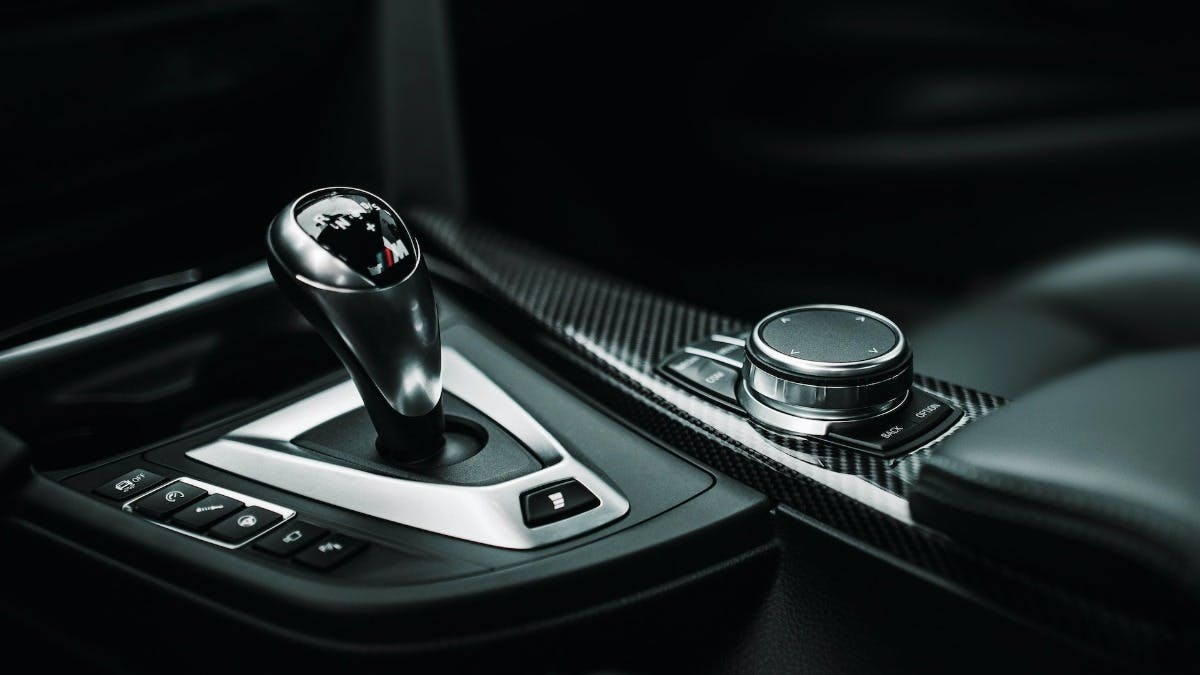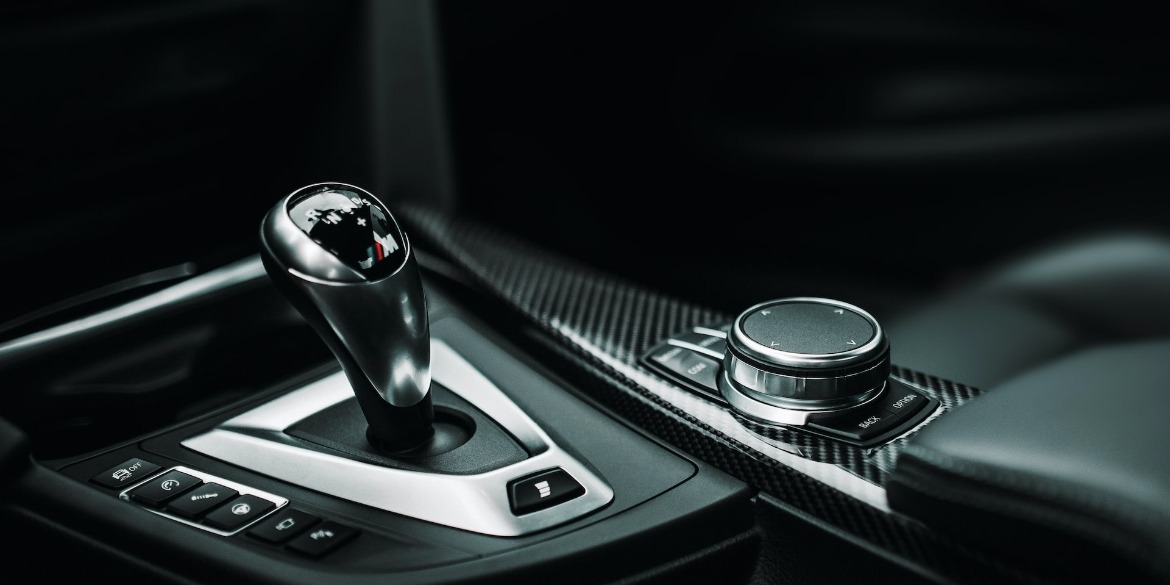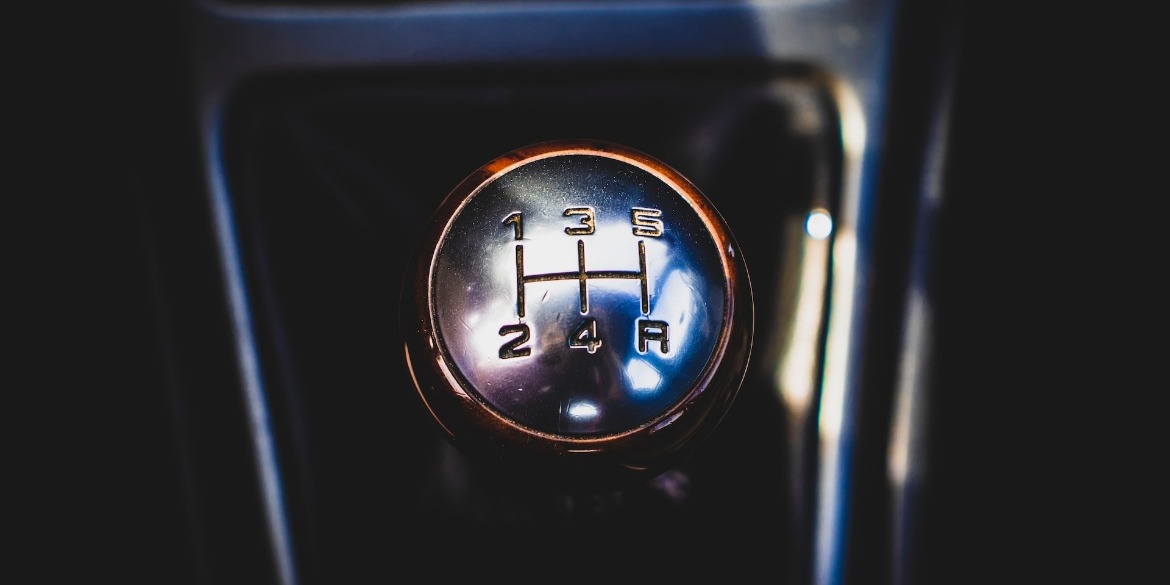Automatic cars - Everything you need to know

Is being stuck in traffic hurting your left leg from constantly changing gear every 5 seconds? Are you stressing out when starting your car on a steep hill? Afraid of rolling backwards? Or stalling altogether? These worries are a thing of the past with automatic cars. You may have been a passenger in one, or teased the idea of owning an automatic but never truly made the jump.
Autocar reported that automatics accounted for 54% of UK new-car sales in the first nine months of 2020. This indicates a significant shift to automatic cars since then, which doesn't seem like reducing anytime soon.
In this article, we explore what is an automatic car and how does it differ from manual cars, along with pros and cons. To help you in your decision making, we've the most frequently asked questions about automatic cars and the future of owning one.
-
A bit about automatic cars
When were automatic cars invented?
Alfred Horner Munro, a Canadian engineer, patented the concept of car auto transmission in 1921; but it wasn't until the late 1930s/early 1940s these cars became commonly available in the world.
GM (General Motors) debuted Hydra-Matic, their first successful automatic transmission in 1940. Quickly popular, it featured in GM vehicles for many years to come. Since then, auto transmission has progressed, enhancing fuel economy, dependability, and shift speed. Nowadays, it's the most common transmission in passenger vehicles worldwide, set to take over the traditional gearbox.
How do automatic cars work?
A car's automatic transmission enables shifting of gears, without the driver's input, by following a certain procedure.
-
Torque converter: When the engine is running, the torque converter connects the engine to the transmission. The torque converter is designed to multiply the torque generated by the engine and transmit it to the transmission.
-
Planetary gear set: A planetary gear set creates gear ratio changes in the transmission. Composed of various gears that can spin and link to each other, they can be engaged to yield multiple gear ratios.
-
Hydraulic system: Hydraulics manage gear shifting in the transmission via valves, sensors and fluids to regulate transmission fluid pressure and circulation. This fluid also lubricates and cools parts.
-
Control module: The control module functioning as the transmission's "brain" collects data from sensors, such as the vehicle speed and throttle position, then commands the hydraulic system to engage the needed gear.
Overall, the automatic transmission works by using hydraulic pressure to engage different gear ratios, based on the input it receives from the driver and the vehicle's sensors. What you get as a driver is a smooth and seamless transition between gears, without any need for you to manually shift gears. You can now rest that left leg!
-
-
Automatic VS Manual
The main differences between a manual and an automatic car are the clutch and the gearbox.
In a manual car, the clutch is your main pedal to change gears which will moderate the speed of your car. The gearbox will have an R and set of numbers from 1 up to 6, allowing you to choose your gear and reverse.
In an automatic, there's no clutch to use, in fact, you can rest your left leg throughout your trip, making it less of a labour or putting strain on your muscles. The gearbox however may vary from model to model, offering the essentials of a car such as reverse, parking and neutral.
People living or driving in the city tend to prefer automatic cars for the "relaxing" driving experience it gives during heavy traffic. The constant slow start and stopping can be a real pain in your leg!
But for people who enjoy a thrill or prefer sticking with the traditional model, manual cars are still the go-to choice for most drivers.
How do they look in comparison?
As mentioned above, the main difference is the absence of the clutch in automatic cars. But the other main difference also comes from the gear stick. An automatic car will have either buttons or a fixed gear stick with limited movements to it. Whereas a manual car will have a gear stick that is fully manoeuvrable.
Below are images of an automatic & manual transmissions.
This transmission gives you the following abilities: reverse, park, neutral.
Some will also give you the possibility to adjust the gear with a + or -. Some would argue that this is a semi-automatic transmission model.
As for a manual transmission, you will see numbers from 1 up to 6 with an R for reverse. 1 being the starter of the engine, or entering gear, and 6 being the highest gear.
-

-

-
Should I learn in a manual or automatic car?
If you are on the path of learning how to drive, you might be facing the decision between learning with a manual or an automatic.
Many will start learning in an automatic for the convenience it offers, but bear in mind that you won't be able to drive a manual afterwards. You will have to pass a new test in a manual.
On the other hand, if you drive a manual from the start, you will have the ability to drive both model as you please. This flexibility is what many new drivers enjoy about learning in a manual.
If you are certain that you will only be driving automatic cars throughout your "driving life", it's a no-brainer.
But if you like the flexibility of driving whichever car model you wish, learn from a manual first. You'll be able to drive an automatic car right after passing your manual driving test. Pretty convenient, isn't it?
Are automatic cars cheaper?
The technology involved in the automatic gear transmission will be the main reason for the higher price tag compared to a manual car. These cars tend to be more expensive than manual because the mechanism is more complex and will be more expensive to produce.
As far as insurance is concerned, they also look at the cost of repair for an automatic car compared to a manual, which also bring the price of ownership at a higher cost.
-
Pros on driving an automatic car
Are they good on hills?
Driving with a manual car, you've probably experienced the stress of driving uphill and having to change gears to first when it's too steep. Well, not only will you force your engine to the max rev, you will also use more petrol as you drive uphill full power.
Although fuel consumption is true for automatic cars driving uphill, you will find it more comfortable when the car handles the journey for you. The car will change gears for you, giving the ability to focus on the road rather than stressing over your gears.
Do they use more or less fuel?
In the launch of automatic cars, it was evident that they used a lot more fuel than manual cars. But as modern technology advances, automatic cars are now reducing this fact by becoming more fuel efficient and offer more flexibility with a smooth driving experience.
Many automatic car models will now offer modes: eco, normal & sport. These modes were introduced in an effort to give the driver control over fuel consumption, which bridges the gap with its counterpart.
Using Sport Mode will grant full torque to the driver, giving it full control over the car engine & movements.
Using Normal Mode, the car intelligence will maximise both fuel consumption & control over the car.
Using Eco Mode will prioritise fuel consumption over torque. Some drivers find that using Eco Mode make the car feel slower and doesn't offer as much torque, which removes speed efficiency when driving.
Do automatic cars stall?
No! The challenge with manual cars is to find the biting point between the clutch and the accelerator. A skill that one can master quickly but will never remove the possibility of stalling.
With an automatic car, because the clutch is removed, the car handles the biting point for you, removing entirely the possibility of stalling. Pretty handy, isn't it?
Are automatic cars the future of cars?
With the rise of electric cars, which does not use a gearbox on any models, automatic transmissions are here to stay. In fact, many car manufacturers are offering more automatics than manual to adapt to the future of car demands.
-
Cons on driving an automatic car
Are automatic cars expensive?
Because of the technology behind the mechanic, automatic transmissions are more expensive that the traditional counterpart. Although manufacturers try to reduce the price gap between the two, this is still a piece of technology that requires more advanced engineering than a manual gearbox. Hence, the high price tag.
But even if you find an automatic priced same or lower than a manual car, most car insurance will see the cost of such transmission as more expensive to cover than a manual car. Some additional cost to bear in mind when buying an automatic car.
Are older automatic cars fuel efficient?
Be mindful of the year of the car when buying an automatic. Nowadays, automatic cars are as fuel efficient than manual, but this cannot be guaranteed for older models. Some old cars may be heavier than the newer model or use older engineering parts which might not offer the fuel efficiency you are after.
Automatic cars are less "fun" to drive
If you are a petrol head and enjoy a few ravings in your car - please drive safely! - you might find an automatic car "boring" to drive. After all, urban cars are built for safe journeys, making the automatic transmission a logical move for manufacturers, it may be a hard truth for drivers that enjoy the thrill of the motor throttling.
-
Ready to own an automatic car?
It can be a big decision to make when buying a manual or an automatic car. If you've never used an automatic before, it might be a weird driving experience as you would have to "do less" in terms of changing gear or using your left leg. But overtime, you might reap the benefit from a less stressful driving experience when you are stuck in traffic.
In reverse, very few automatic car owners would revert to driving a manual. Many believe this is the future of driving while others are still resistant with making the switch. But for those who did make the jump, they tend not to go back into a traditional driving experience.
Although the cost of an automatic car is higher than a manual, you may find that the cost justifies itself with the smooth driving experience it offers overtime. No more fear of stalling or rolling backwards on a hill! The automatic transmission has you covered in those stressful moments.
Feel free to browse our models or contact our car experts for more information about your future car.



